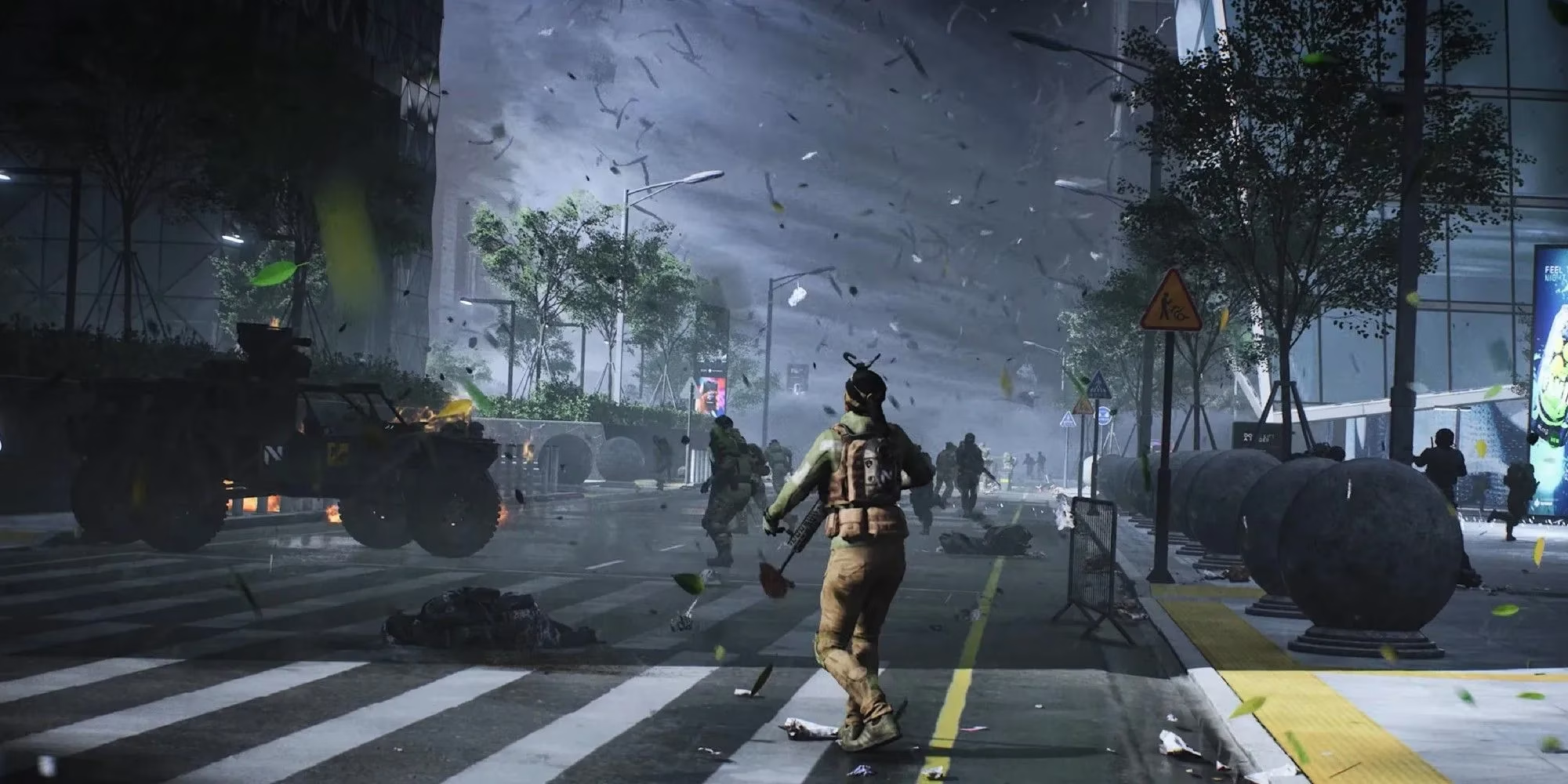Amidst explosions, medkits, and scattered ammo boxes, a soldier finally glimpses the ghost of classic Battlefield glory. Yet this epiphany emerges not from seamless design, but from sifting through shattered expectations and baffling choices. Battlefield 2042 launched as a fragmented beast—an ambitious jigsaw puzzle missing half its pieces. DICE's vision shouted ambition but stumbled over its own legacy, mumbling tributes to 1942 while forgetting what made the series resonate. Four years later, its journey remains a tale of unrealized potential and unexpected salvation. 🎮
🧩 The Fragmented Core
At release, 2042 felt like a hollow shell. Ten Specialists paraded as innovation, yet stripped away two decades of class identity. Why bother playing Support when every soldier could carry ammo? Medics became redundant; engineers felt generic. The roster promised versatility but delivered chaos—lone wolves grappling like Spider-Man while spotting enemies through walls, not squads coordinating assaults. As one player lamented, "THIS IS FUN... but it’s not Battlefield." Even weapons felt lazily modernized, with uninspired names like "AK24" echoing in barren maps.
🔇 The Silent War
Audio design, once Battlefield's crown jewel, crumbled into dissonance. Iconic footsteps and earth-shaking explosions faded into a muddy haze. Battlefield 1’s immersive soundscapes? Gone. Oscar-winning composers Hildur Guðnadóttir and Sam Slater crafted a haunting soundtrack, but its glitchy tones clashed with frantic firefights—especially in Hazard Zone. The classic dun-dun-dun theme’s absence haunted veterans, symbolizing a deeper loss: atmosphere. Breakthrough and Conquest devolved into 128-player mosh pits where teamwork vanished beneath tornadoes and sniper glints. 
❓ People Also Ask...
- Why remove the scoreboard and global chat?
DICE claimed "It’s hard to fit 128 players," but fans saw sanitization. No rivals to taunt, no progress to track—just a sterile \u201ceveryone wins\u201d facade. Battlefield 3 managed scrolling leaderboards on Xbox 360; 2042 couldn’t replicate that magic.
- Is Battlefield 2042 worth buying now?
Only for Portal. The base game’s flaws persist, but Portal redeems it.
- How do Specialists break teamwork?
By letting every player solo entire teams, they killed class synergy. Medics didn’t heal; supports didn’t supply. It was fun, but not Battlefield.
✨ Portal: The Phoenix Rises
Then came salvation. Portal wasn’t just a mode—it was a time machine. Suddenly, El Alamein’s dunes rolled in 2042’s engine, Messerschmitts exploded into fireballs, and Bad Company 2’s spotter-ball returned. Here, nostalgia wasn’t fractured; it was rebuilt. 13 maps from 1942, BC2, and BF3 collided with weapons and gadgets across eras. Players crafted wild rule sets: WW2 rifles versus futuristic tech, no-prone infantry battles in Arica Harbor. One player recalled, "I got 65 assists just throwing that ball—medics rushed, LMGs tore walls, snipers glinted. For the first time, it FELT like Battlefield." Discord servers buzzed with epiphanies: "Oh, so THIS is Battlefield."
🚀 2025: Evolution or Stagnation?
Today, Portal stands as 2042’s legacy. Updates added maps and tools, but the core tension remains. Live-service promises? Mostly unfulfilled. The weapon roster expanded slightly, yet audio still lacks punch. Specialists got tweaks, but they’re still superheroes, not soldiers. Portal’s potential glows brighter—imagine a 20-year franchise archive, playable forever. But DICE’s support feels tentative. Did they learn? Or is Portal a one-time miracle?
In the end, Battlefield 2042 mirrors its own tornadoes: destructive chaos surrounding moments of awe. It asks players to forgive its sins for Portal’s church. But as the dust settles, one question lingers: Can a franchise built on teamwork survive in an era of solo superheroes? 🤔